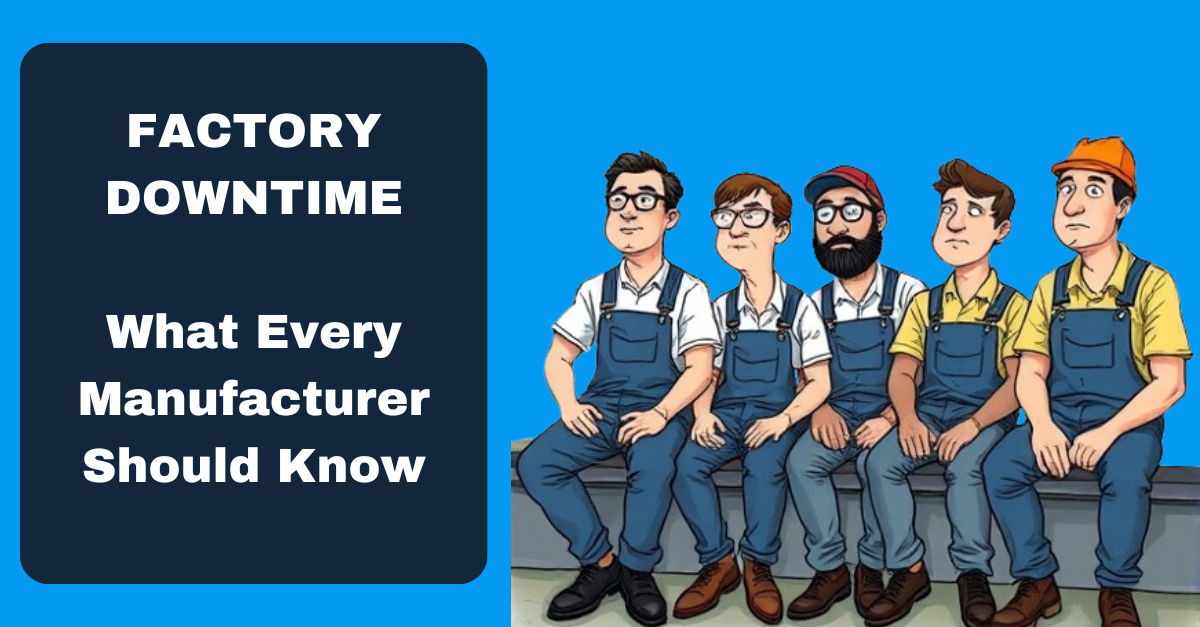As your brand grows, scaling your manufacturing becomes one of the most critical decisions you’ll make. Whether you’re producing consumer goods, food products, or apparel, choosing between keeping production in New Zealand or heading offshore can feel overwhelming. Let’s break it down so you can make a decision that aligns with your brand’s growth goals.
1. What Does Your Brand Need Right Now?
Start by evaluating your immediate priorities:
-
Are you scaling fast? You’ll need a manufacturer that can keep up with fluctuating demand.
-
Is your brand built on quality? Staying local may help you maintain the standards your customers expect.
-
Does sustainability matter to your customers? New Zealand’s clean, green image can be a powerful marketing tool.
-
Are cash flow and costs tight? Overseas production might offer financial breathing room.
2. The Benefits of Staying Local
For many fast-growing Kiwi brands, manufacturing locally offers key advantages:
Control and Quality Being able to visit your manufacturing partner, oversee production, and handle quality checks in person is a game-changer. It helps ensure your products meet the standards your customers love.
Faster Turnaround Times Local production reduces the time it takes to get your products made and shipped, especially if you’re dealing with tight deadlines or seasonal spikes in demand.
Sustainability and Branding “Made in New Zealand” isn’t just a tagline—it’s a powerful statement that resonates with customers who value sustainability and ethical sourcing.
Simplified Logistics You’ll avoid the complexities of international shipping, customs, and potential delays, which are especially important for businesses just starting to scale.
Strong Relationships Working closely with local manufacturers builds trust and enables collaborative problem-solving.
However, manufacturing locally does come with challenges. The cost of labor and materials in New Zealand is often higher than overseas, which can strain your budget as you scale.
3. Why Consider Manufacturing Abroad?
As your business grows, overseas manufacturing may offer solutions to some of the hurdles you face:
Cost Efficiency Let’s face it—New Zealand isn’t the cheapest place to produce. Offshore manufacturing, particularly in countries like China, Vietnam, or Malaysia, can dramatically lower your costs, allowing you to reinvest in growth.
Access to Specialized Expertise Some overseas markets are manufacturing powerhouses for certain products, offering specialized techniques or materials that might not be available locally.
Scalability If you’re rapidly growing, offshore manufacturers often have the capacity to handle much larger orders without breaking a sweat.
That said, manufacturing abroad isn’t without risks. Communication barriers, shipping delays, and ensuring quality from thousands of kilometers away can be challenging, especially for brands new to overseas production.
4. Key Considerations for Growing Kiwi Brands
Here’s what to weigh when deciding where to manufacture:
-
Costs Beyond the Sticker Price: Don’t just compare the per-unit cost. Factor in shipping, tariffs, customs, and potential delays.
-
Brand Identity: If your brand is built on New Zealand’s clean, ethical image, will moving offshore dilute that?
-
Demand Forecasting: How predictable is your demand? If you need smaller, more flexible production runs, local might be better.
-
Cash Flow Management: Overseas manufacturers often require larger orders upfront, which can strain cash flow.
-
Customer Expectations: If you promise fast delivery, consider whether international production will let you keep that promise.
5. A Balanced Approach
For many growing Kiwi brands, the answer isn’t black and white—it’s about finding the right balance. Some businesses start with local manufacturing to maintain quality and control while building their reputation, then move some production overseas as they scale. Others keep production split between local and offshore, using New Zealand for smaller, premium product lines and overseas factories for high-volume items.
The Bottom Line
Whether you choose to manufacture in New Zealand or abroad, the key is aligning the decision with your brand’s values, growth strategy, and customer expectations. Stay realistic about costs, don’t underestimate the logistics, and remember that there’s no one-size-fits-all solution.
The good news? You’re in a position to grow—and that’s the best problem to have.










